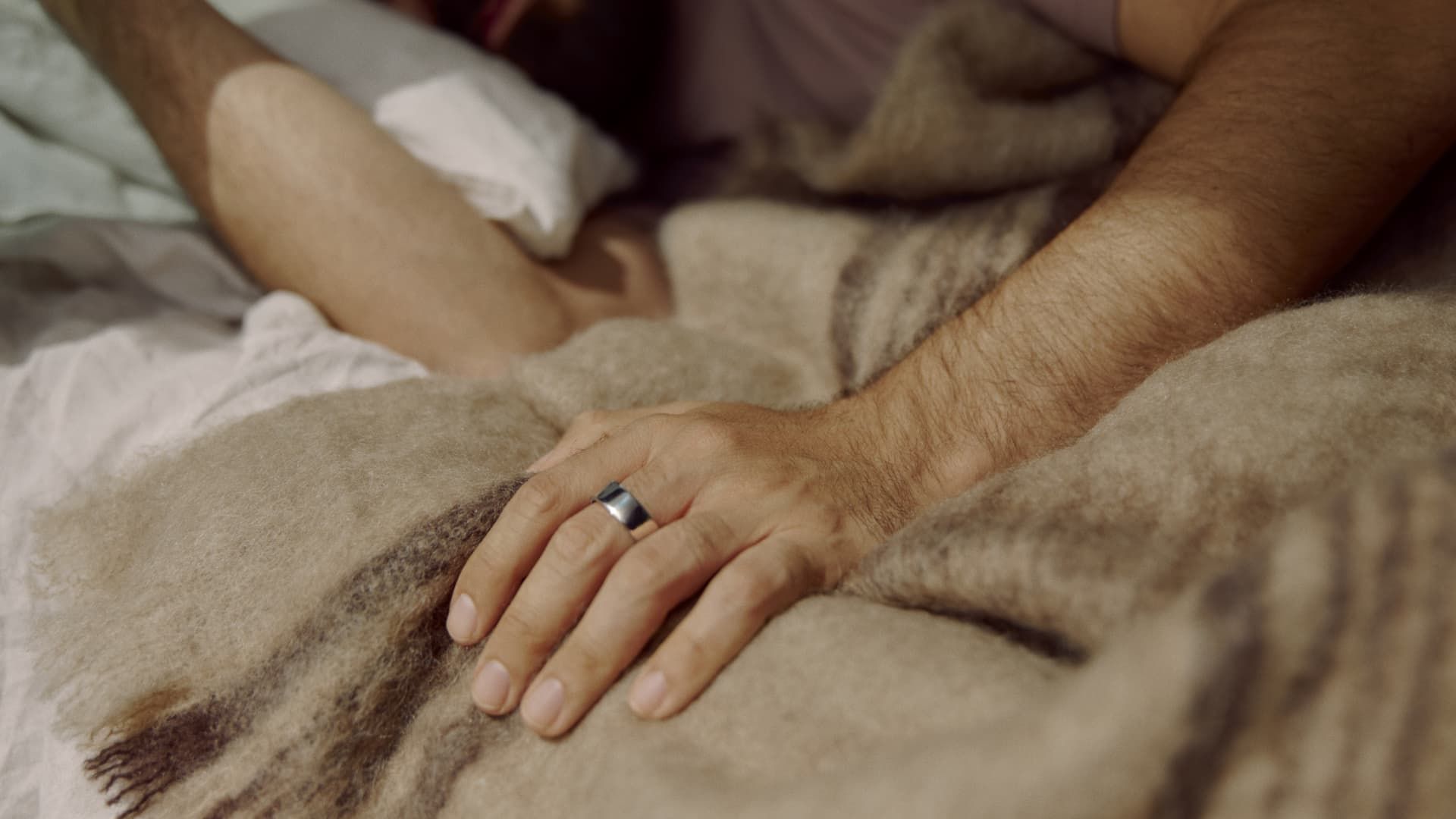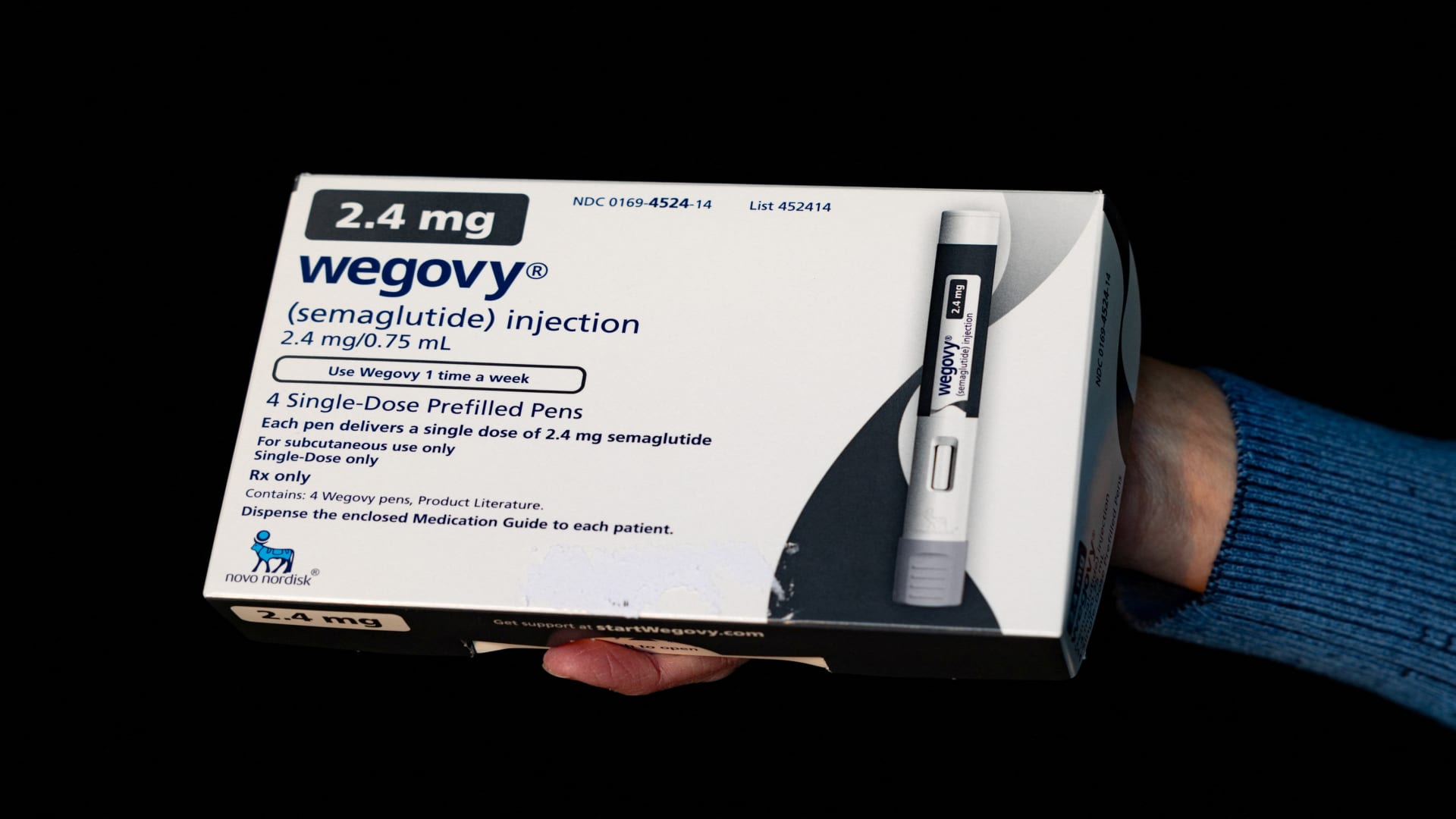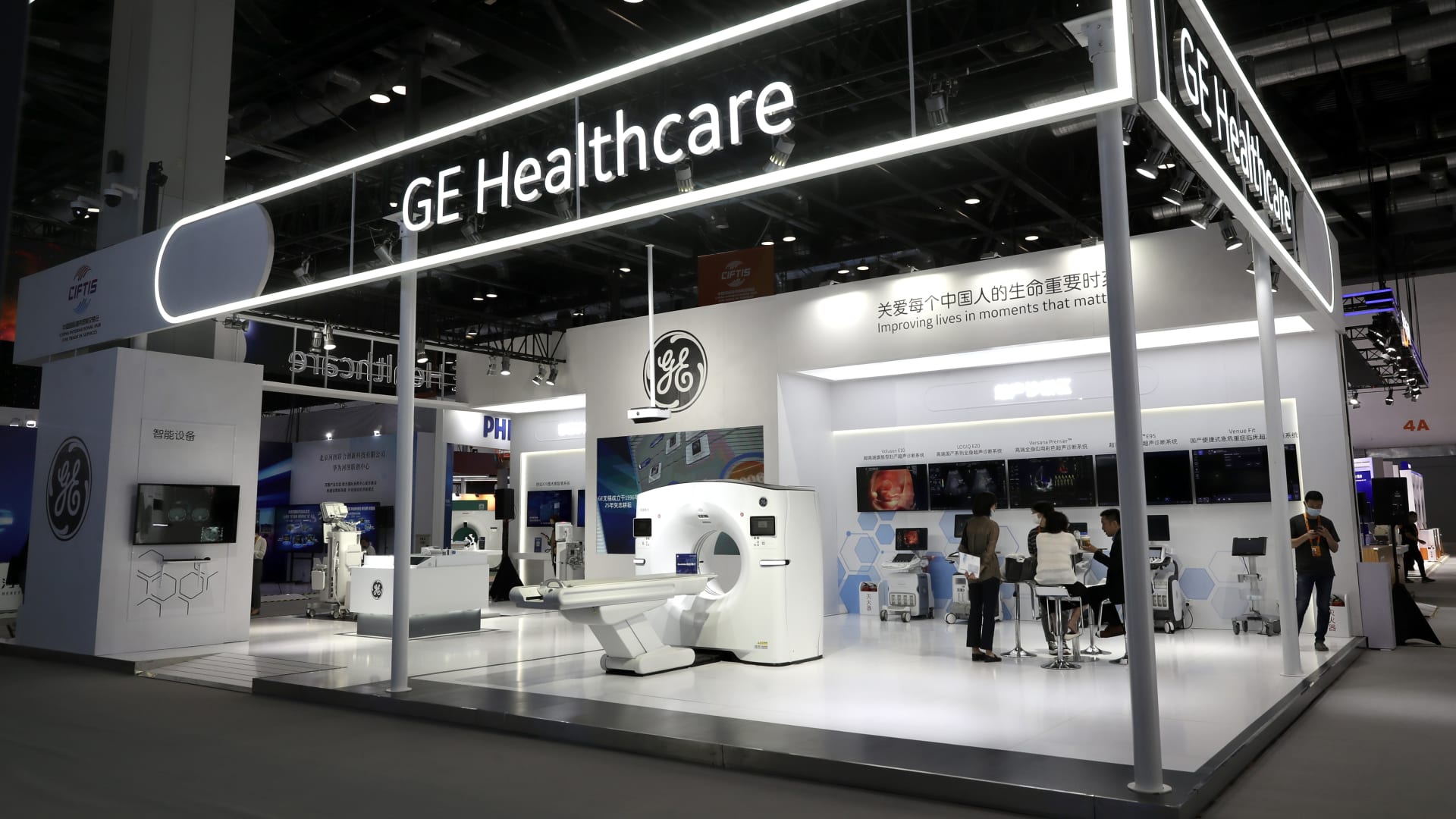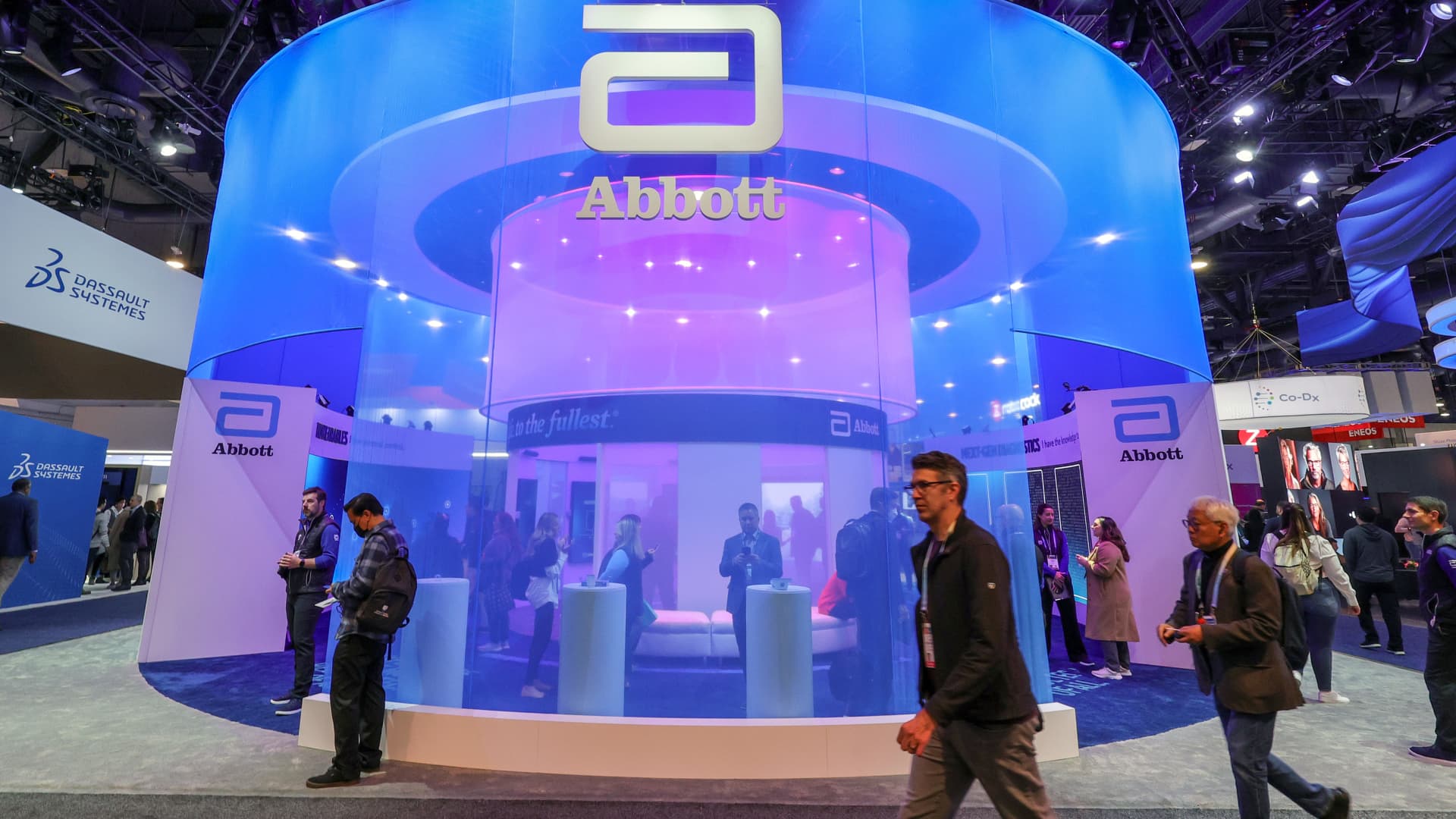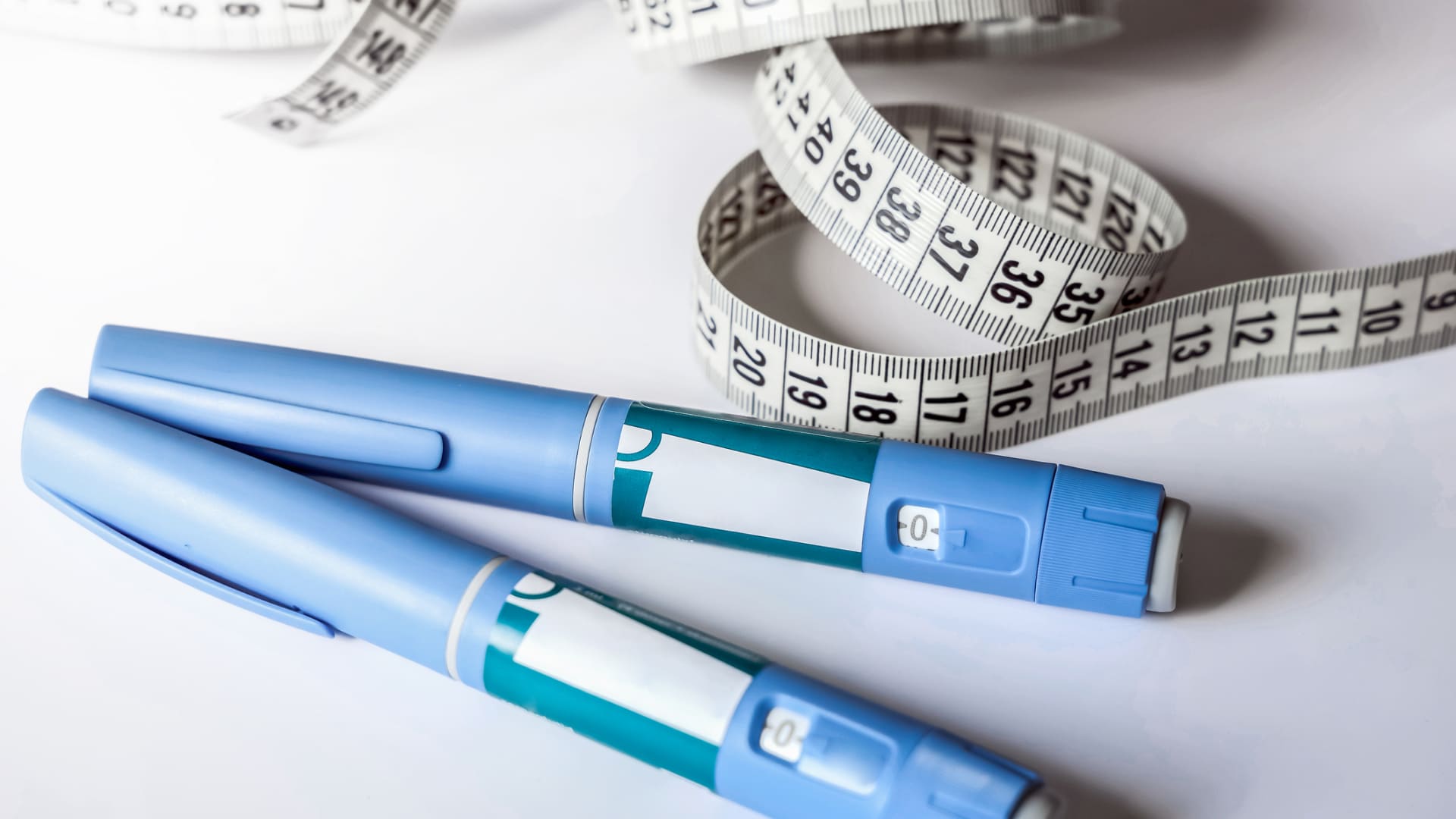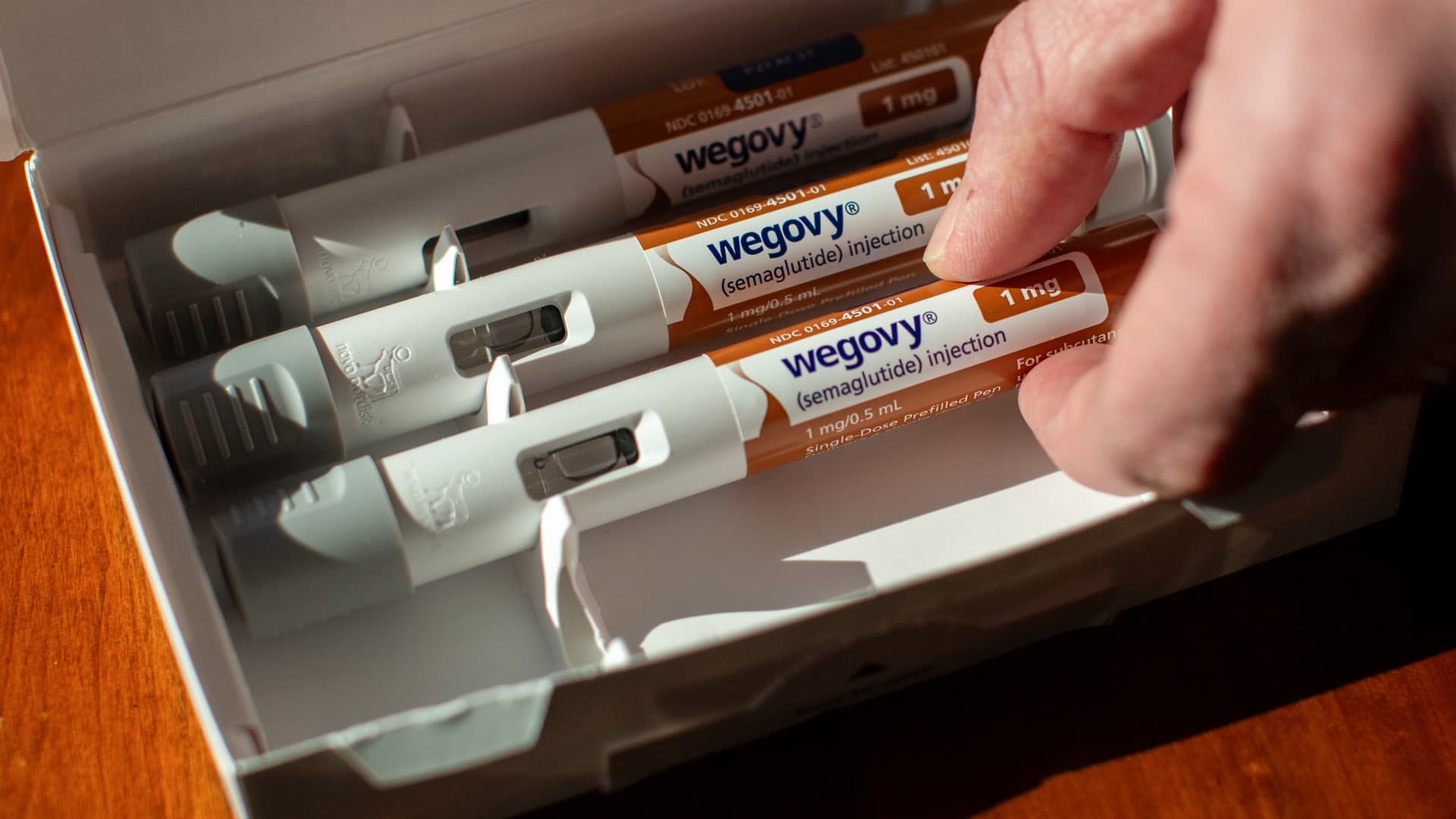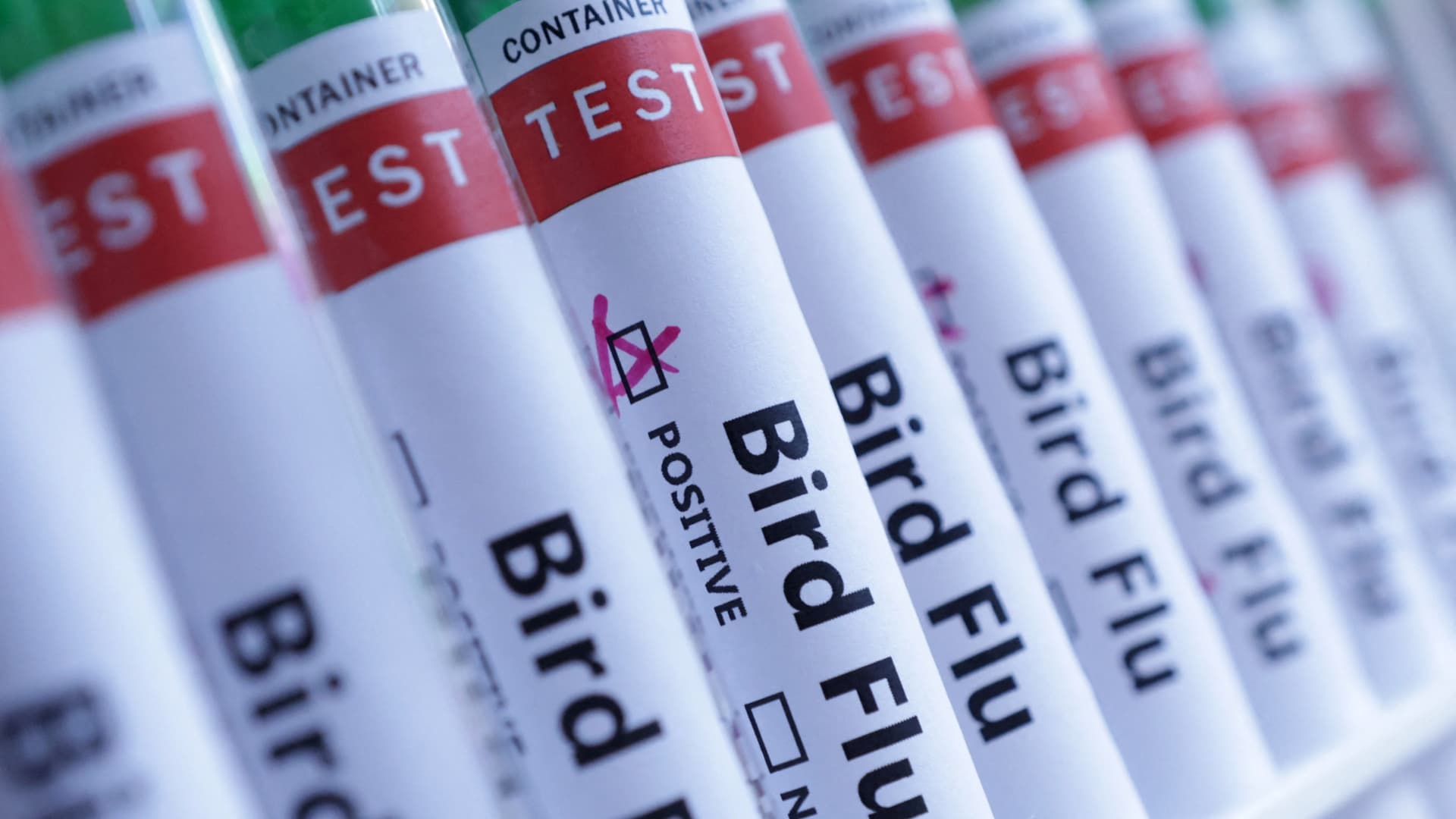When the idea of the Oura ring was generated for the first time in 2013, the company's founders imagined a device that would precisely analyze sleep and recovery, two important aspects of general health that felt that few portable tools had prioritized to that point.
Now, more than a decade later, Oura ambitions have evolved to transform personal health and health, all while interrupting the growing wearable industry.
“The vision of the future of Oura has to do with the doctor in his pocket,” said the CEO of Oura, Tom Hale, in an appearance in “Squawk on the Street” by CNBC on Tuesday. “Everyone already have a kind of supercomputer in their pocket: everyone should have a portable device that is continuously monitoring them that fits their lives, and then a machine intelligence that is seen to provide them with preventive personal attention to help them live their best and healthier life.”
Oura, which occupied the 23rd position in the 2025 list of CNB Disruptor 50, has accelerated its change towards a broader health monitoring through a combination of technological updates, product advances, fundraising, acquisitions and the use of AI, LLMs and analytics. That has helped the company expand its vision of sleeping to cardiovascular health, stress and resistance, women's health and now nutrition and food habits.
It also means evolving beyond tracking things only with a ring, bringing Oura to new associations with companies such as Dexcom, one of the leaders in biosense glucose through its glucose monitor, and through characteristics such as a AI health coach and the ability to take photos of their food and load it in the application for nutritional breakdowns and advice directed by AI.
While that pushes Oura more to a category of broader portable devices that compete together with more devices in one as Apple, Google and Samsung watches, as well as the physical conditioning devices focused on companies such as Garmin and Whoop, Hale said that the rest of the category “pushes us to advance beyond the creation of innovations that go to the minds of people.”
“We are really concentrated in the things that matter that will change their health image,” he said.
Hale said he believes that one of the greatest competitors faced, who faces, is “the people who simply are not aware of the benefits” of using the ring, but the company's greatest approach to health and well -being in general resonates consumers.
In June 2024, Oura announced that he had sold more than 2.5 million rings. Now, approximately a year later, Hale said the company has “duplicated the business and we continue to grow.”
Hale said the company had previously announced that it was going to do around $ 500 million in revenue last year, and this year “it will definitely be much larger than last year.”
While that does not mean that an OPI is on the horizon, Hale said that the company “is updating before doing before we are ready to be a public company,” Oura sees a lot of space to continue supporting what its ring users are looking for more and more.
“We see a world where you could be using a sensor for a time to learn some lesson, but the device you will have in your body to monitor your dream, your activity, your general health. [and] Make predictions about your health, it will be Oura's ring, “Hale said.
Register for our weekly and original bulletin that goes beyond the annual Disruptor 50 list, offering a closer look at lista manufacturing companies and their innovative founders.

